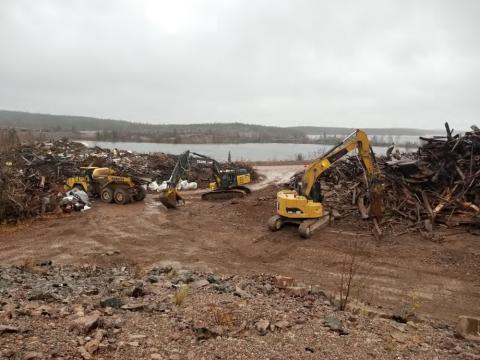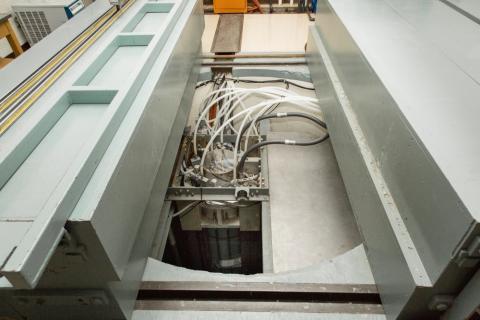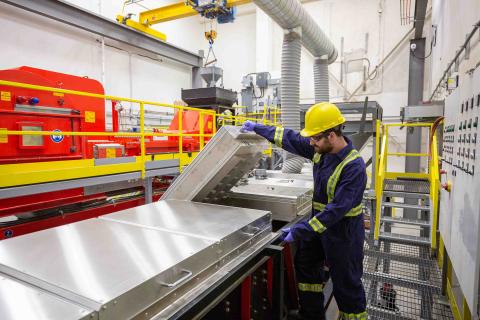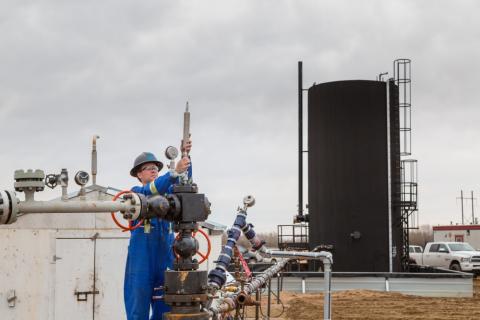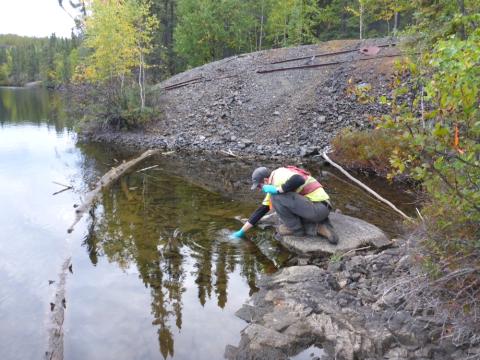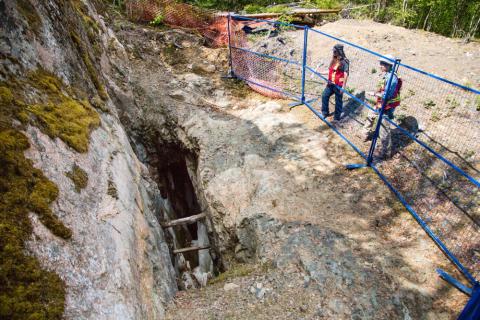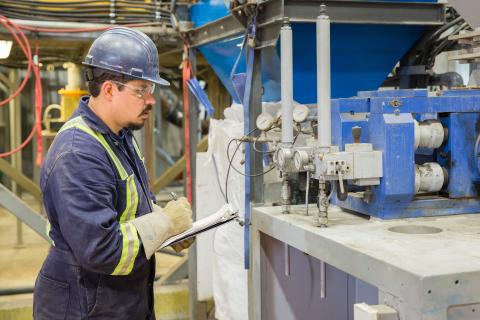SRC collaborated with project stakeholders to safely restart Project CLEANS remediation work during the 2020 field season. Learn about the work that was done and what's in store for 2021.
Many mining operations experience significant maintenance and performance problems with their materials handling equipment. High heat, dust and vibration can wreak havoc on equipment, as do the tough materials the equipment handles. Learn how engineering experts at SRC solved a client's legacy equipment challenge, combining old and new engineering principles.
SRC’s SLOWPOKE reactor was commissioned in March 1981. The reactor immediately proved to be a great resource for the uranium industry as it provided a rapid method to analyze the thousands of exploration samples that the industry was then producing. Learn more.
This blog post is part of our Diamond Webinar Series with CIM Magazine. View the magnetic separation webinar and white paper to dive deeper into this topic. Sign up now to be notified of the next...
Advanced mining technologies, like sensor-based sorting, have the potential to address challenges the mining industry now faces, including declining ore grades, water shortages and increasing environmental regulations. Learn how we're using sensor-based sorting to develop, test and pilot processes for industry.
Given both global and national pressure to decarbonize operations, Canadian industries are looking for new technologies and implementing more energy-efficient processes from proven, applicable mitigation options. Learn how SRC's CeDER platform helps companies sift through the available technologies.
SRC's Project CLEANS team travelled to five uranium mine sites in northern Saskatchewan that had been abandoned in the 50s and 60s to conduct preliminary site investigations as part of large-scale remediation project. Learn about the challenges of visiting these sites and the work being done to clean them up.
When many of uranium mines in northern Saskatchewan were abandoned in the 1950s and 60s, openings to mine workings were left without proper closures and pose a risk to public safety. SRC has been working with local contractors and consulting engineers to build proper mine closures. There are several methods available, depending on the type of opening and the site conditions.
When a mine operation evaluates how well its plant is performing, it’s important they have reliable, accurate data to compare the present to the past. A plant audit can provide clarity about how a plant is performing as a whole to help improve recovery rates. Learn more.
The Internet of Things (IoT) connects ordinarily mundane devices to the Internet to give you greater knowledge and control of their functions.The Industrial Internet of Things (IIoT) is simply the IoT in an industrial setting. But unlike consumer-grade appliances like refrigerators and toasters, industrial machinery and scientific instrumentation require a few more checks and balances.
